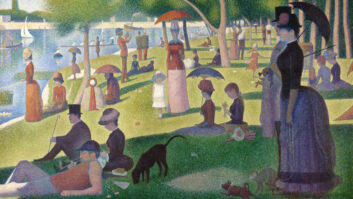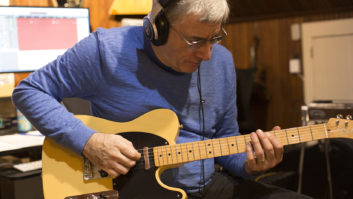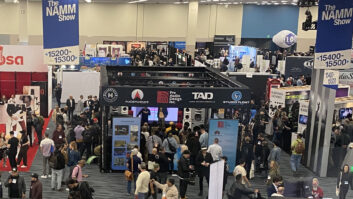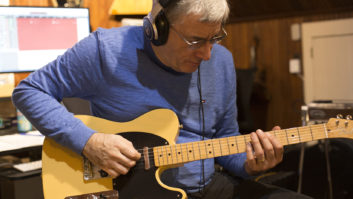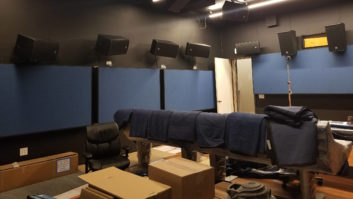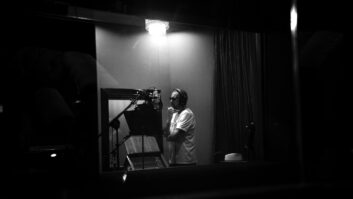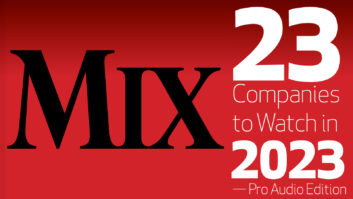Multiple Grammy-winner Billie Eilish’s album, When We All Fall Asleep, Where Do We Go? is one of the most high-profile albums ever recorded in a home studio. According to the January Mix cover story, it was literally tracked and mixed in an actual bedroom. She recorded her vocals while sitting on the bed. Their success is testament to Eilish’s songwriting and singing skills, and the studio chops of her brother and producer, Finneas O’Connell.
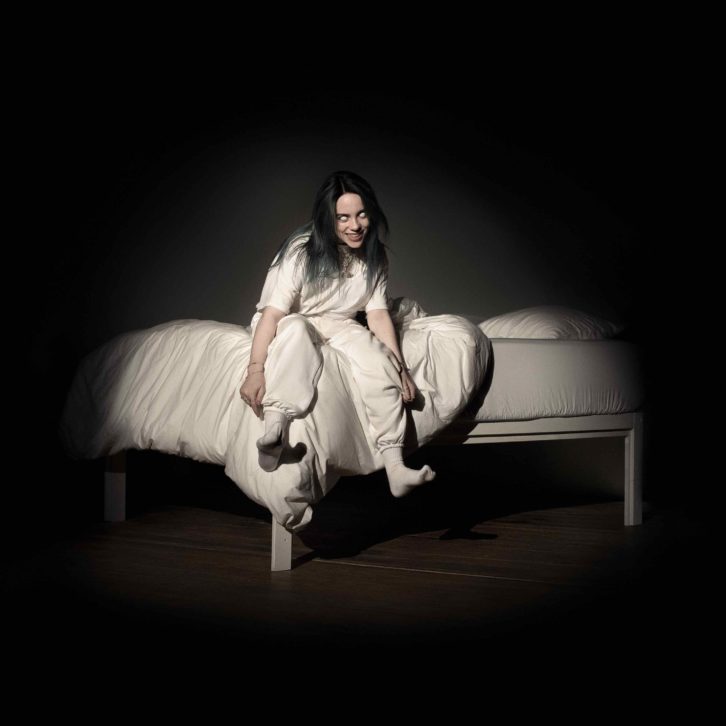
Out of curiosity, I Googled “home-recorded albums” to see what information was available about other notable self-recorded albums. Wikipedia has a list entitled “Albums recorded in a home studio.” It’s a list in need of an update, because most of the albums on it are over 20 years old.
In any case, one of the highest-profile albums on the list is Bruce Springsteen’s Nebraska, which he recorded on a 4-track cassette machine. If you’re old enough to remember those units, the idea that Bruce could create an album on one with high enough quality to turn it into a commercial release is quite impressive.
Another notable record on that list was another oldie, Neil Young’s Harvest. When I hovered over the name on the page in Wikipedia, a pop-up description mentioned that the London Philharmonic appeared on a couple of the songs. My first—not so serious—thought was, “Wow, he must have a big house.” Of course, the orchestra was recorded elsewhere.
The reason Wikipedia considered Harvest to be a “home-studio recorded” album his that Young and his band tracked a lot of it in a barn on the singer’s property, which he’d outfitted with a professional remote recording setup. I would hesitate to classify that as a “home studio.”
Read more Mix Blog Studio: Shake, Rattle and Roll.
A lot of the albums on the list are recorded in home setups of wealthy musicians who spent the money to create high-end studios that could rival that of a commercial facility—except perhaps in the size of the live room. And I’m sure many of those artists hired engineers to help them record, as well. That’s a perfectly valid way to go if you have the resources, but not nearly as challenging from a production standpoint as recording in an untreated room in a house or apartment.
The Eilish album, on the other hand, seems legitimately DIY. They tracked it in Logic Pro using mainly virtual instruments in addition to the vocals. The outboard gear consisted only of a UAD Apollo interface and some Yamaha monitors. Finneas and Billie mixed the album themselves, rather than bringing in a dedicated engineer. And he won Best Engineered Album, Non Classical, on Grammy night, as well.
The moral of the story is that you don’t necessarily need a commercial-quality studio if you have excellent songs and can capture great performances. Conversely, if you don’t have good material and are not a compelling performer, you could record an album at Abbey Road Studios or Blackbird and it would still be utterly forgettable.
Success stories like that of Eilish and Finneas give hope to artists who record their own music. If you have great songs, a unique sound and excellent recording and mixing chops, you never know.
